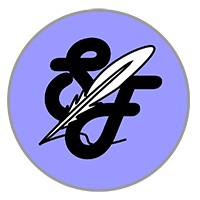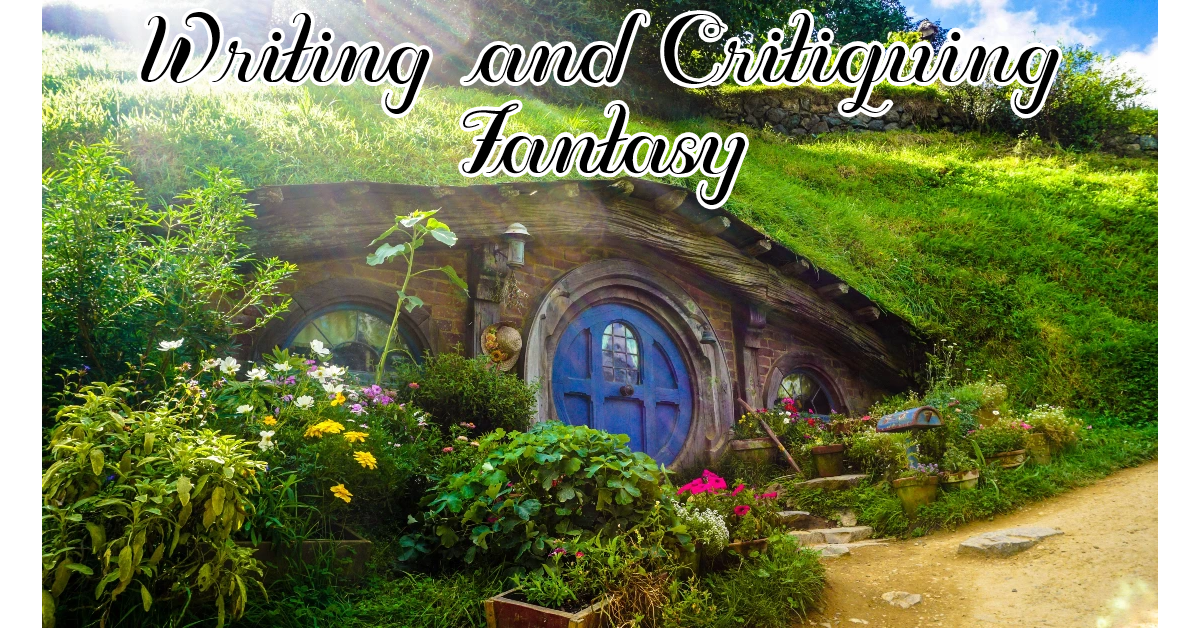During the pandemic of 2020, fantasy writing experienced an astounding increase in popularity, perhaps a form of escape, with a massive increase in stories written for adults. The statistics compiled by WordsRated.com show fantasy book sales in 2021 increased 45%, compared to 2020. This was the largest increase among all genres, aside from graphic novels, which continues in an upward trajectory. The fantasy world is blooming.
Key Elements of Fantasy Writing

World Building
This is a hallmark of fantasy writing and deserves consistency and immersive depth. A fantasy story may have a fine protagonist, but it should excel in details of the story world, including history, myths, legends, gadgets, and dialects.
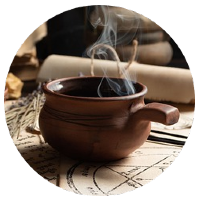
Magic
This is a central feature of many fantasy stories. It ranges from “soft” magic that has little explanation to “hard” magic with complicated rules. Despite the wide range in magic, it needs limitations and consequences to help develop tension in the story.
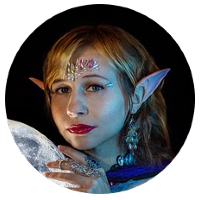
Characters
The fantasy world is inhabited by stellar heroes, dastardly villains, and an array of unique supporting characters, human and non-human, with distinct personalities. Despite the strangeness of the characters, they still need goals and motivations.
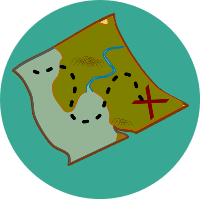
Quests
Missions and journeys are another common feature of the genre. Huge obstacles and enemies stand in the way of characters reaching their goals.
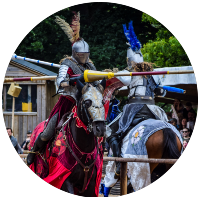
Conflict
Like any other genre: no conflict, no story. A stroll through a fantastical world is not a story. Elements of intrigue, battles or personal struggles are essential.

Theme
Themes can be as complicated as the author’s imagination. Themes of Middle Grade stories might be as simple as good vs. evil. Adult themes can be complicated with multiple layers: the heroic (or villainous) quest for power or knowledge, tradition vs. change, the individual vs. society, man vs. nature, man vs. himself, coming of age, and love.

Limitations
Fantasy stories appeal to all ages. Middle Grade (MG) and Young Adult (YA) stories require attention to the reader’s comprehension and emotional development. When writing for MG and YA audiences, keep in mind that point of view characters should be in the same age range as the target audience. Children’s stories can be creepy but should not cause distress or nightmares. FYI: monsters do not eat children.

Sub-genres
The fantasy genre includes a wide range of sub-genres, such as high fantasy, urban fantasy, dark fantasy, sword and sorcery, fairy tales, and more. All the genres allow readers to escape reality and enter into imaginative and magical worlds.
Editing or Critiquing Fantasy Stories
Fantasy is edited and critiqued just like any other fiction writing. However, the very things that define fantasy stories are often the things that trip up the writer:
- Poor pacing: Fantasy novels often feature complex plot-lines and world-building. But, lots of description slows the pace and can cause readers to lose interest. On the other hand, too many fast-action scenes can leave readers feeling confused, fatigued and disconnected from the story.
- Lack of character development: Fantasy often has a cast of unusual characters. It’s important to give them depth and complexity to really show how unusual they are. Characters that are one-dimensional or underdeveloped quickly become boring. “Killing-off” characters may be inappropriate for MG and YA readers, so the author needs to find a graceful way for them leave.
- Poor dialogue: Dialogue is an important tool for revealing character traits and moving the story forward. It should be realistic and engaging. Don’t forget about accents and dialects.
- Lack of originality: Fantasy is a genre that can easily fall into clichés and tropes. It’s important to bring a fresh perspective and original ideas to the story. Not everything can be Wizard of Oz version 2.
- Inconsistent world-building: Fantasy worlds are often intricate. This places a burden on the author to maintain consistency throughout the story. Inconsistencies can make a reader stop and think something is wrong–not what a writer wants. Don’t break the spell!
- Age-inappropriate vocabulary and sentence complexity: Here are a couple of on-line tools to make sure the writing is appropriate for the target audience:
INK Reading Grade Level Checker Tool
Readability Formulas
From online searches, here are several recent best-selling fantasy novels:
- “The Priory of the Orange Tree” by Samantha Shannon: This epic fantasy novel features an intricate world-building, detailed magic system, diverse and well-developed characters, a quest to save the world, and themes of identity and power.
- “The Poppy War” by R.F. Kuang: This dark fantasy novel features a richly detailed world inspired by Chinese history, a well-developed magic system based on shamanism, a complex protagonist with shades of gray, and themes of power, revenge, and war.
- “The Fifth Season” by N.K. Jemisin: This award-winning novel features an intricate and layered world-building, a unique magic system based on controlling earthquakes, diverse and complex characters, a quest to save the world, and themes of oppression, survival, and identity.
- “The City We Became” by N.K. Jemisin: This urban fantasy novel features a magical version of New York City, well-developed and diverse characters, a conflict between ancient cosmic entities and modern humans, and themes of identity, community, and racism.
- “The Witcher” series by Andrzej Sapkowski: This dark fantasy series features well-developed characters, intricate world-building, a unique blend of Slavic mythology and folklore, themes of morality, destiny, and identity, and a richly detailed magic system based on alchemy and signs.
—Acknowledgement: Many thanks to Noah Wilhelm for his insightful suggestions for this post.

R. C. Beckett was given a collection of Fantasy and Science Fiction Magazines as a teenager and read hundreds of the stories — he was hooked and started writing fiction in 2013. He loves to write hard science fiction, but can’t help adding a bit of humor. Publications: “Exit Mars” and “Exit Earth” (available on Amazon). “Exit Pluto”, the third in the Exit series, should be published in late 2020. He lives in Golden Colorado and is a member of Rocky Mountain Fiction Writers. Walking his dog is key to his writing since that’s when he imagines plots for his stories. He also volunteers as a webmaster for non-profit companies including SpecFicWriters.
